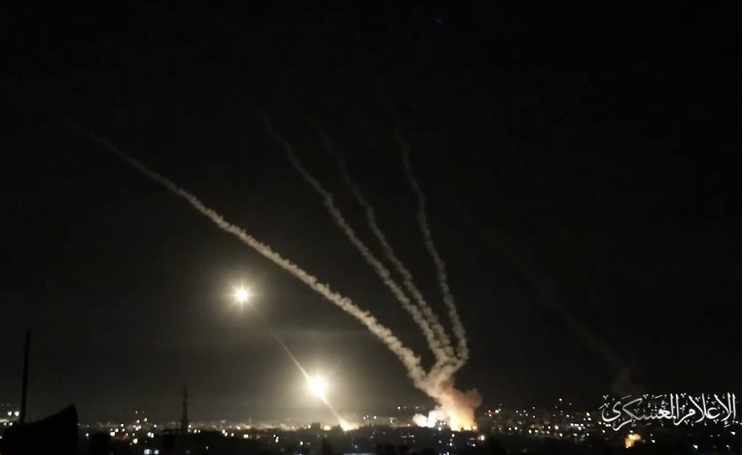Udi Dekel
INSS Insight, No. 1709, Apr. 19, 2023
“The underlying rationale is the convergence of the axes: the Palestinian resistance axis, led by Hamas and Islamic Jihad, with the Iran-Hezbollah axis.”
The escalation in the Palestinian arena during Passover and the month of Ramadan in 2023 was sparked by the clashes on April 5 between the Israel Police and violent Palestinians in the al-Aqsa mosque. Graphic photos multiplied online of forced evacuations of the young men – most of whom belonged to the student movement of Hamas and managed to sneak into the Temple Mount without authorization, apparently seeking to fulfill the commandment of itikaf (a Ramadan custom of excessive devotion to the spirit of the month of fasting, which requires remaining overnight within mosque walls in order to focus on religious concerns).
The response of the Palestinian “resistance” was a barrage of 34 rockets launched the next day from southern Lebanon – the largest barrage since the Second Lebanon War. In addition, rockets were launched from the Gaza Strip, and terror attacks were carried out on roads in the West Bank. Hamas lauded the launch of rockets from areas controlled by Hezbollah in southern Lebanon, while Hezbollah for its part stated that although it favored the launches, they occurred without its knowledge.
In mid-March, prior to these events, Hamas deputy chairman and West Bank commander Saleh al-Arouri warned Israel about likely scenarios during Ramadan, and hinted there would be an escalation that would include an attack from Lebanon. Hamas prepared its rocket launch infrastructure in Lebanon in advance, and waited for the right timing to strike. Jews visiting the Temple Mount during Ramadan, and incidents between the Israel Police and worshippers at al-Aqsa Mosque can readily ignite action and generate intra-Muslim unity against Israeli policy in the most religiously and nationally sensitive compound.
. … [To read the full article, click here]


